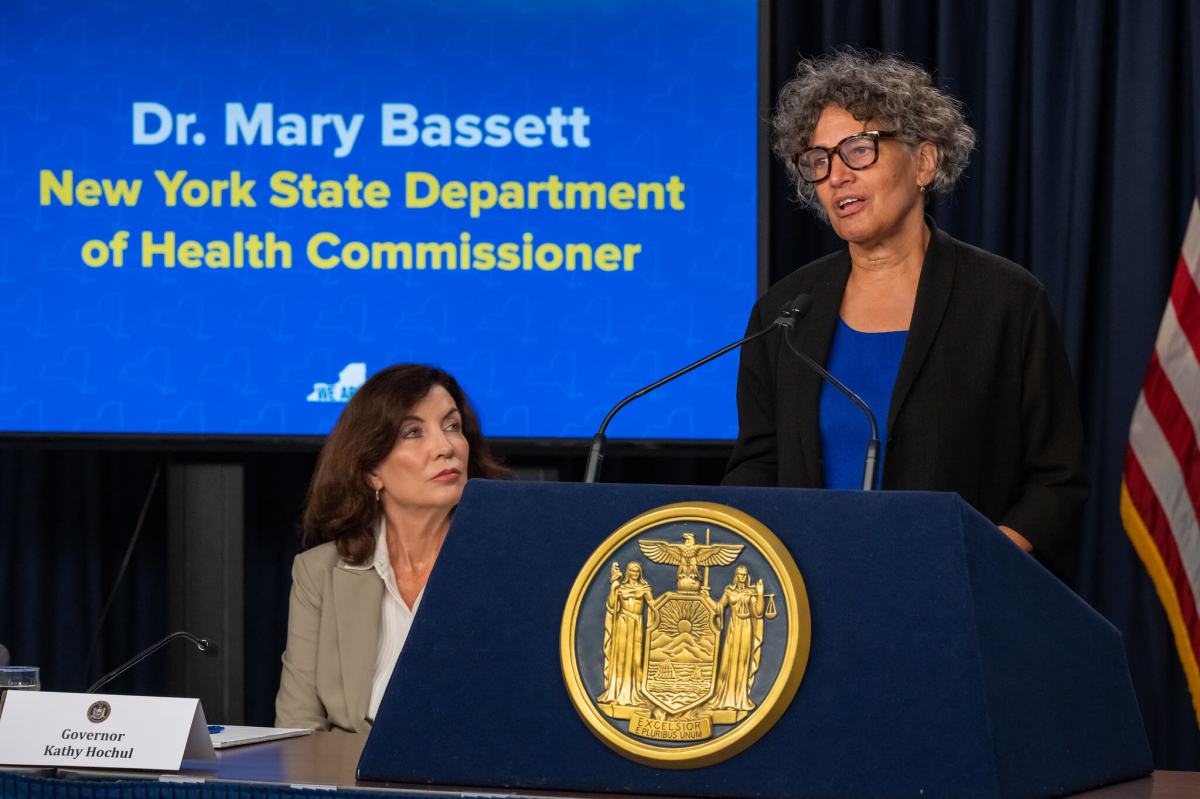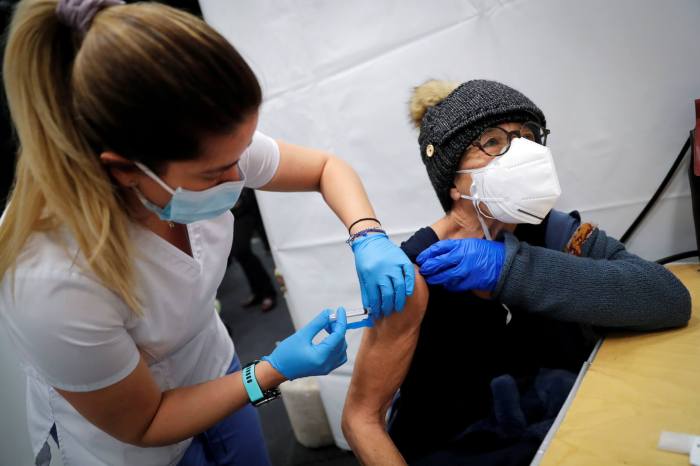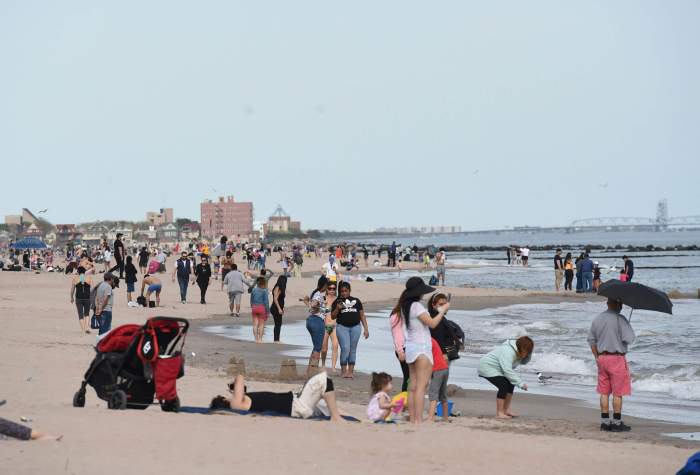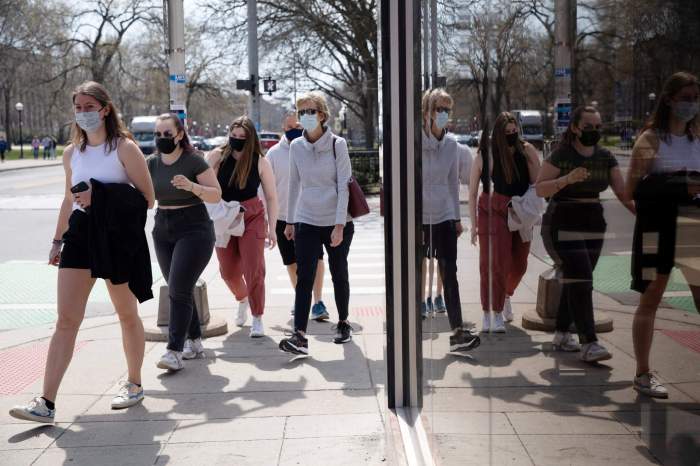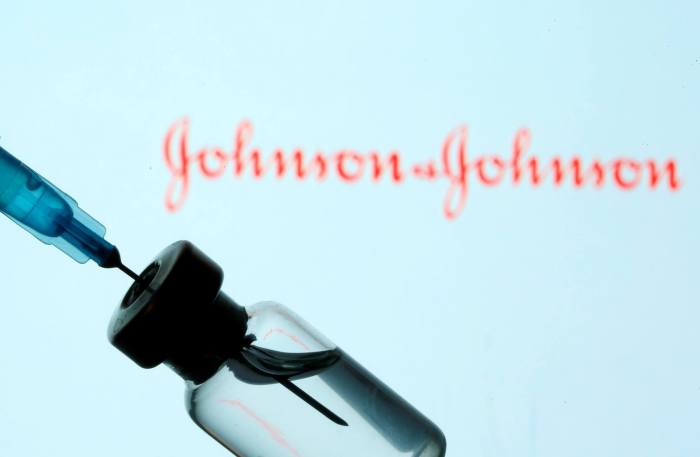New York will start administering only one-fifth of of the monkeypox vaccine dosage starting next week, but healthcare workers will inject the medicine between layers of the skin, which creates an equivalent immune response, state Health Commissioner Mary Bassett said Monday.
The method of injections, known as intradermal, is shallower than traditional inoculations beneath the skin and recently got an emergency authorization for treating monkeypox from the federal Food and Drug Administration.
“We have been struggling with not having enough doses, and our obligation in public health is always to do the most good for the most people, and intradermal administration will vastly expand our access to a scarce resource,” Bassett said.
“There are more cells there that are active in the immune response, so the data that we have show that the antibody response to this route of administration is equivalent to the previous route,” Bassett told reporters during a virus briefing with Governor Kathy Hochul Monday.
The move comes as Washington has been unable to deliver enough doses to New York, to which the feds have allocated 110,000 doses.
Out West in Los Angeles County, California, health officials adopted the same dose-sparing strategy last week.
Healthcare workers prefer to inject vaccines below the skin, also known as subcutaneous, because it’s easier and less painful, according to Basset.
A successful intradermal injection method creates a small lift between the layers of skin called a bleb.
“If you get an intradermal injection, keep an eye on the bleb,” Basset said. “That little disc of gray skin, you should have that.”
As with COVID-19 two years ago, New York City has become the epicenter of the state’s and the country’s monkeypox outbreak, logging 2,964 of cases in the Five Boroughs out of 3,180 across the Empire State, according to state health data from Monday.
The city and state vaccination efforts for the disease have led to unequal distribution of the scarce doses, according to the latest city data from Aug. 18.
White New Yorkers got three times as many doses as Black residents, despite making up about the same number of cases.
The data show that white residents got nearly half of the shots (46%), well above their share of a quarter of cases (26%).
Hispanic people got 23% of the jabs, below their 31% share of cases, and Black New Yorkers got a mere 12%, despite making up roughly the same proportion of cases as whites (25%).
Among other points, Bassett downplayed the likelihood of monkeypox transmission in schools as she pointed to the numbers showing that cases are overwhelmingly occurring among gay and bisexual men and men who have sex with men — and only one case, announced in recent days, has emerged among minors in the state, and that was outside of New York City. Still, Bassett acknowledged that some students could be exposed to monkeypox or contract monkeypox from others in their respective households or through sexual activity. Schools, she said, should anticipate those scenarios.
“The school setting is not a setting where I am concerned about transmission,” Bassett said. “I am concerned that schools know what to do if they have somebody who has either been exposed to monkeypox or has been diagnosed with monkeypox.”



